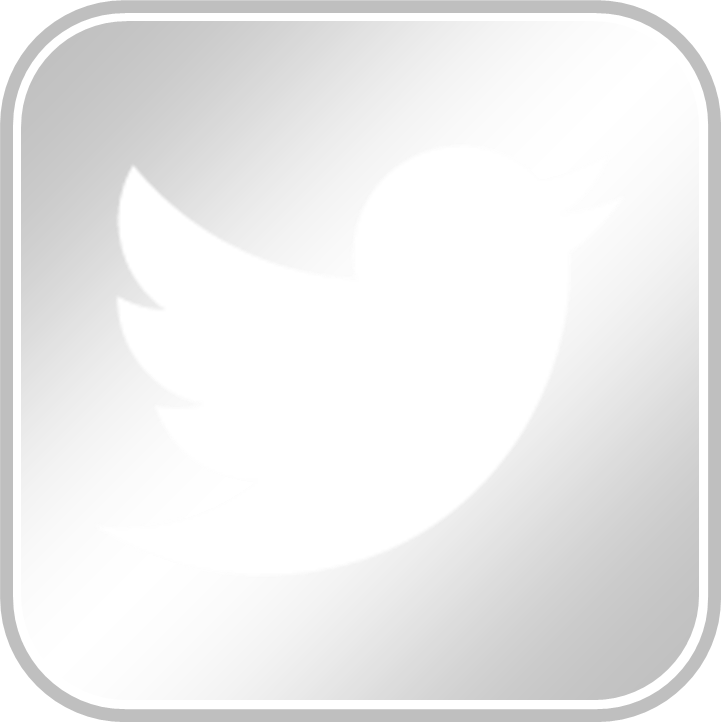[Note: This post was edited on May 20, 2023, to update information from dictionaries and reference books.]
Q: My colleague and I work in the apparel industry and are designing packaging for socks. I think the packaging should read “6 Pair,” but he prefers “6 Pairs.” Who is right? Or are we both right?
A: This isn’t a black-and-white issue, but our advice is to go with “6 Pairs,” the usual choice and one that no usage expert would quibble with.
That doesn’t mean you’re wrong, though. The plural “pair” can be defended on historical and etymological grounds. And while “pairs” is the only standard choice in Britain, both plurals are standard in American English (though “pairs” is usually the preferred variant).
There are yet other complications with “pair,” since even the singular form, “a pair,” can be the subject of a plural verb.
Since Pat’s grammar and usage book Woe Is I (4th ed.) addresses both questions at once, we’ll go there first:
“If you’re talking about two separate things (a pair of pumpkins, for example), treat pair as plural: A pair of pumpkins are in the window.
“If you’re talking about one thing that just happens to have two parts (like a pair of shoes), treat pair as singular: One pair of shoes is black. But add another pair and you have multiple pair or pairs; either plural is fine: Two pair [or pairs] are brown.”
And here’s a British reference, Fowler’s Modern English Usage (4th ed.): “The pl. form pairs is desirable after a numeral (e.g. seven pairs of jeans). The type seven pair of jeans is non-standard in BrE but standard in AmE.”
British dictionaries agree: the standard plural is “pairs” in the UK, period. But nearly all dictionaries, in both the UK and the US, say that both plurals are standard in American English, with “pairs” preferred.
Merriam-Webster Online gives the plural as “pairs also pair,” meaning that “pair” is the less common variant, though both are standard.
The American Heritage Dictionary of the English Language, also lists both plural forms, adding this in a usage note: “After a number other than one, pair itself can be either singular or plural, but the plural is now more common: I bought six pairs (or pair) of shoes.”
Similarly, Dictionary.com, based on the old Random House Unabridged, gives both plural forms and adds in a usage note that “pairs” is “more common” after a number.
So our advice is to take the path of least resistance and use “pairs” in a situation like yours: “Each package contains six pairs of socks.”
As for its etymology, the word “pair” first appeared in English writing around 1300, according to citations in the Oxford English Dictionary. It comes from Old French via Anglo-Norman.
The OED has Middle English citations dating from the early 1400s of “pair” used after numbers greater than one.
In fact, the dictionary says this usage “was until recently frequently used.”
But Oxford labels the “unmarked plural” (that is, “pair”) as “Now regional and nonstandard.”
This may or may not settle the argument. But no one will question the use of “pairs,” so it’s certainly the safer choice.
Help support the Grammarphobia Blog with your donation. And check out our books about the English language and more.



